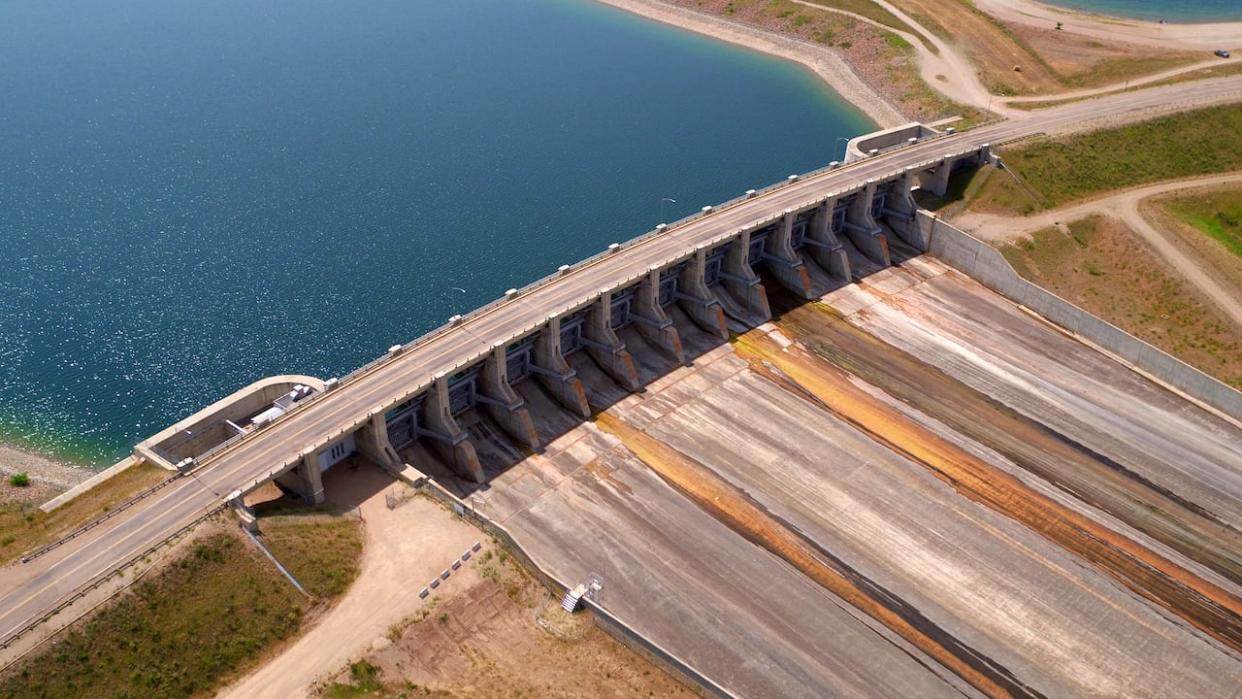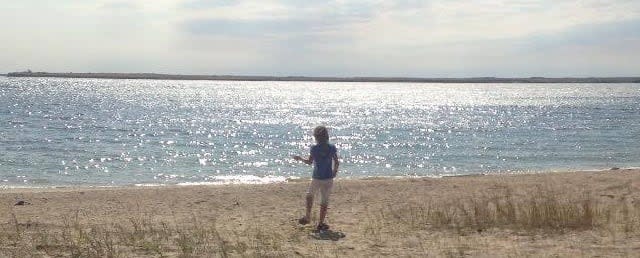Most major Sask. reservoirs nearly full despite persistent drought: Water Security Agency

Saskatchewan's water agency says reservoir levels are looking strong for the months ahead, despite a prolonged drought and an abnormally warm winter.
Of Saskatchewan's 45 major reservoirs, 33 are nearly full or almost there, according to the Water Security Agency (WSA), the provincial Crown corporation tasked with managing water systems and supply.
WSA spokesperson Patrick Boyle said six more are projected to be between 70 to 90 per cent full, and the remaining six — mostly in southwestern Saskatchewan — aren't giving the agency reason to worry.
"Generally speaking we're in really good shape in Saskatchewan," he said in an interview on Thursday.
"Most of the reservoirs in the province this year are filling or going to fill here going into spring runoff and as temperatures start to change and water really starts moving."
Lake Diefenbaker, the province's largest reservoir that provides about 60 per cent of water demand, is about one metre higher than this time last year and 1.5 metres higher than in 2022, Boyle said.
"One metre of water at Lake Diefenbaker is enough to supply 300,000 people for 18 years, so that's a significant increase year over year," he said.
It's a notable improvement from February's report, which projected run-off levels across the province to be below to well-below average. The WSA credited the positive changes to recent snowstorms and warmer temperatures that have caused earlier snowmelt.
Boyle also said the WSA used conservative strategies to maximize water in Lake Diefenbaker and other reservoirs throughout the winter, which saw run-off levels range from normal to below-normal, according to the agency.
"The goal is to meet our water management targets and the levels higher earlier in the season by keeping the reservoir higher," he said.

Lake Diefenbaker, pictured here in 2017, supplies about 60 per cent of water demand in Saskatchewan, mostly for irrigation. (Submitted by Jon Ganshorn)
Persistent drought across Sask., Prairies: Agriculture Canada
Drought has gripped some parts of the Prairies over the last few years, John Pomeroy, a Canada Research Chair in water resources and climate change at the University of Saskatchewan, told CBC in March.
Pomeroy said the drought became "really severe" last year when the seasonal snowpack melted roughly one month early in the Prairies, the mountains and across the North, contributing to hot and dry conditions in the summer.
The vast majority of Saskatchewan is experiencing moderate or severe drought conditions, with some extreme drought conditions present in the southwestern part of the province, according to a Feb. 29 report from Agriculture Canada.
That's because while much of the province received near-to-above normal snowfall, warmer-than-usual temperatures driven by climate change prevented solid snowpack from forming, according to the federal department.
The South Saskatchewan River, which feeds directly into Lake Diefenbaker, is currently at its second-lowest level since 2001, the report added.

